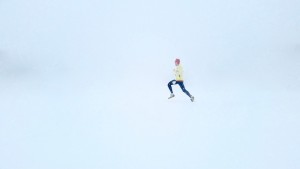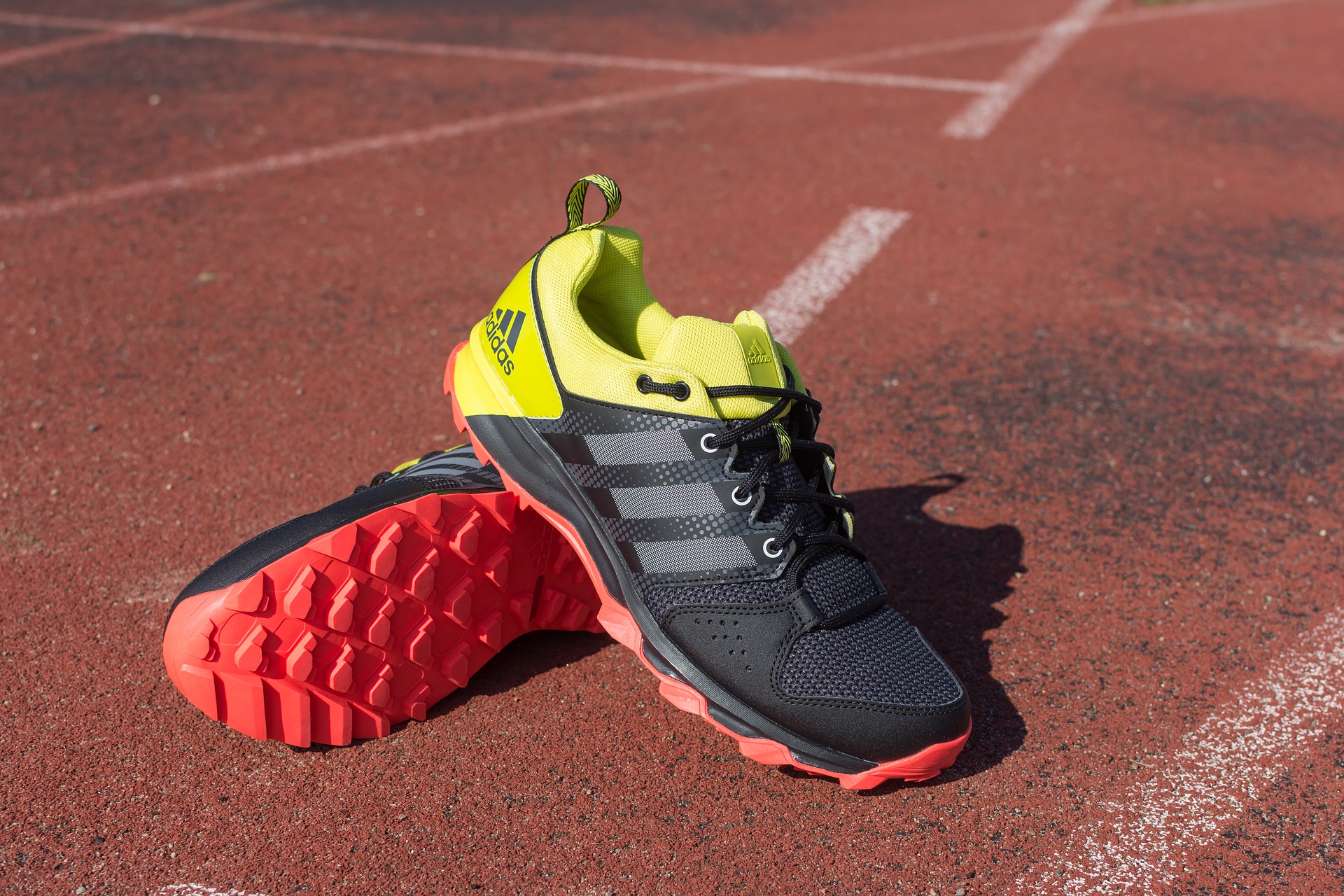 Wintry conditions – cold weather, hard and slippery surfaces, dark nights – can contribute to injuries if proper care is not taken.
Wintry conditions – cold weather, hard and slippery surfaces, dark nights – can contribute to injuries if proper care is not taken.
The same rules apply to injury prevention and management during the winter as to the rest of the year, so with careful preparation and the right equipment, there’s absolutely no reason not to be as active as you normally would be.
Cold-weather workouts are safe as long as you wear the right clothing and prepare properly, but it’s worth exploring the reasons why the cold can be so challenging for keen sportspeople.
Playing surfaces
Winter, grass and team sports don’t really work that well together. Too much rain will create muddy, boggy conditions which can affect movement, trap limbs and twist knees/ankles. If it’s too cold, then pitches will harden, increasing the chance of impact injuries and, again, awkward, unfamiliar movement.
The same goes for pavements – if you’re a keen runner, you’ll be aware of how slippery pavements can be, whether it’s because of fallen leaves or snow and ice.
Cold weather
Your body needs to warm up in the winter just as much as it does in the summer – but you will probably be starting from a colder point. Therefore, your warm-up routine needs to start even more gradually to loosen muscles and to get your blood pumping. If you jump right into a sudden, powerful movement, like sprinting, on a stiffer-than-normal muscle, that force could lead to injury.
It has been suggested that colder weather can also mask symptoms slightly – you simply might not notice a strain as much when it’s cold. Plus, the combination of adrenaline and the cold means you might feel more inclined to ‘shrug off’ an injury, hurrying home to the warm rather than slowing down or stopping.
Darker nights
If you use public areas for exercise (as opposed to sports halls, gyms, etc) then your visibility will be reduced – but so will everyone else’s. Road safety charities always report a spike in accidents on the roads, involving pedestrians and cyclists, when British Summer Time comes to an end and the nights become darker. It’s worth bearing in mind.
Sedentary lifestyles
This contributes to more injuries than you would ever imagine and is something we are constantly advising patients on at Newcastle Sports Injury Clinic. Our increasingly sedentary lifestyles, combined with poor posture at our desks or at home, can cause injury problems across the whole body.
Exercising – although always recommended – can then place huge strain on a body that has been static for many hours in a day. In winter, we tend to remain even more static. We go out less, we huddle more… but it doesn’t do us any good and the chance of injury can be increased when we do become active.
So how can you avoid/prevent injuries in the winter? That’s coming up in part two of this blog. If you have suffered an injury, please feel free to contact us and we’ll advise the correct course of action.

